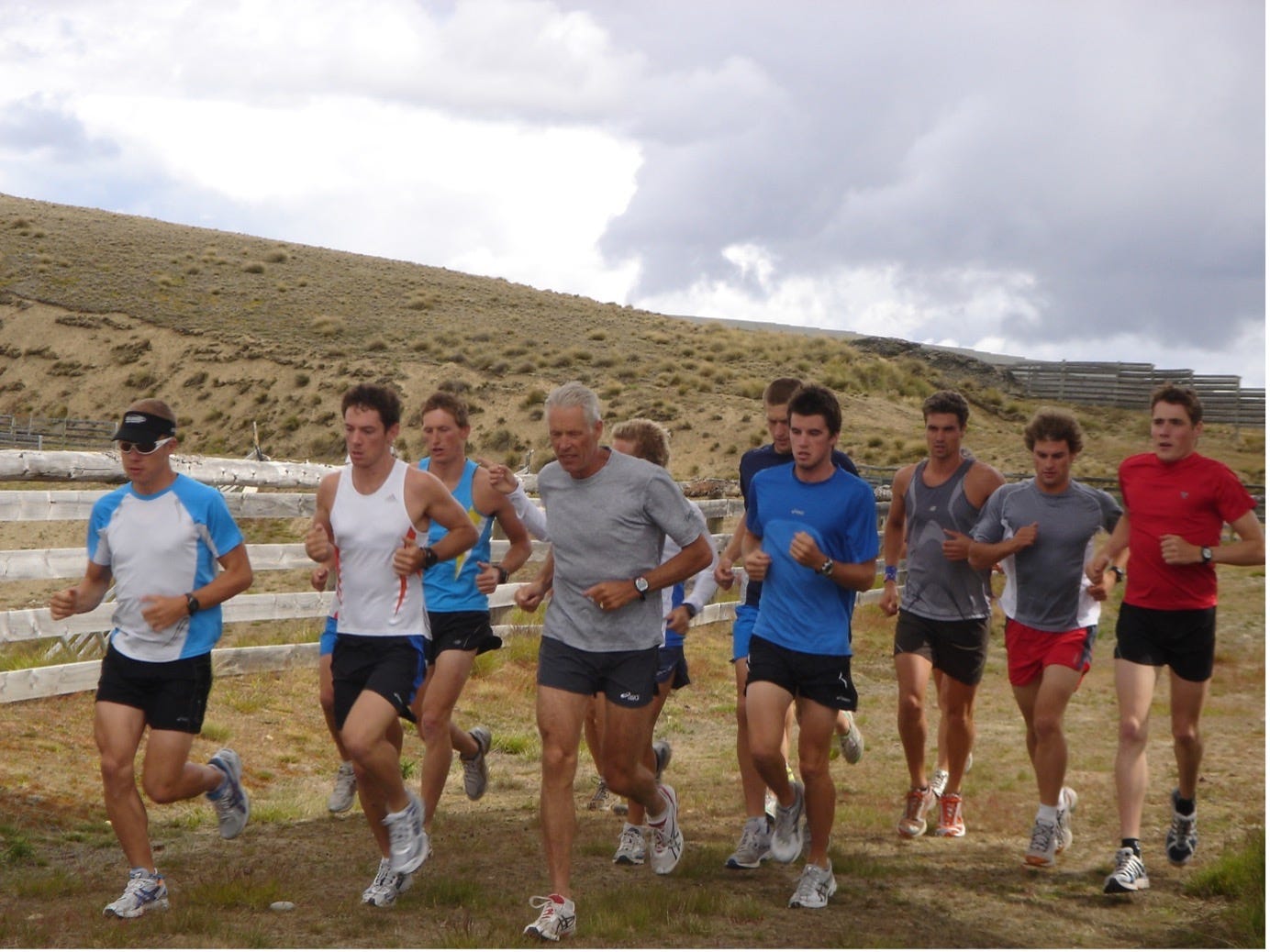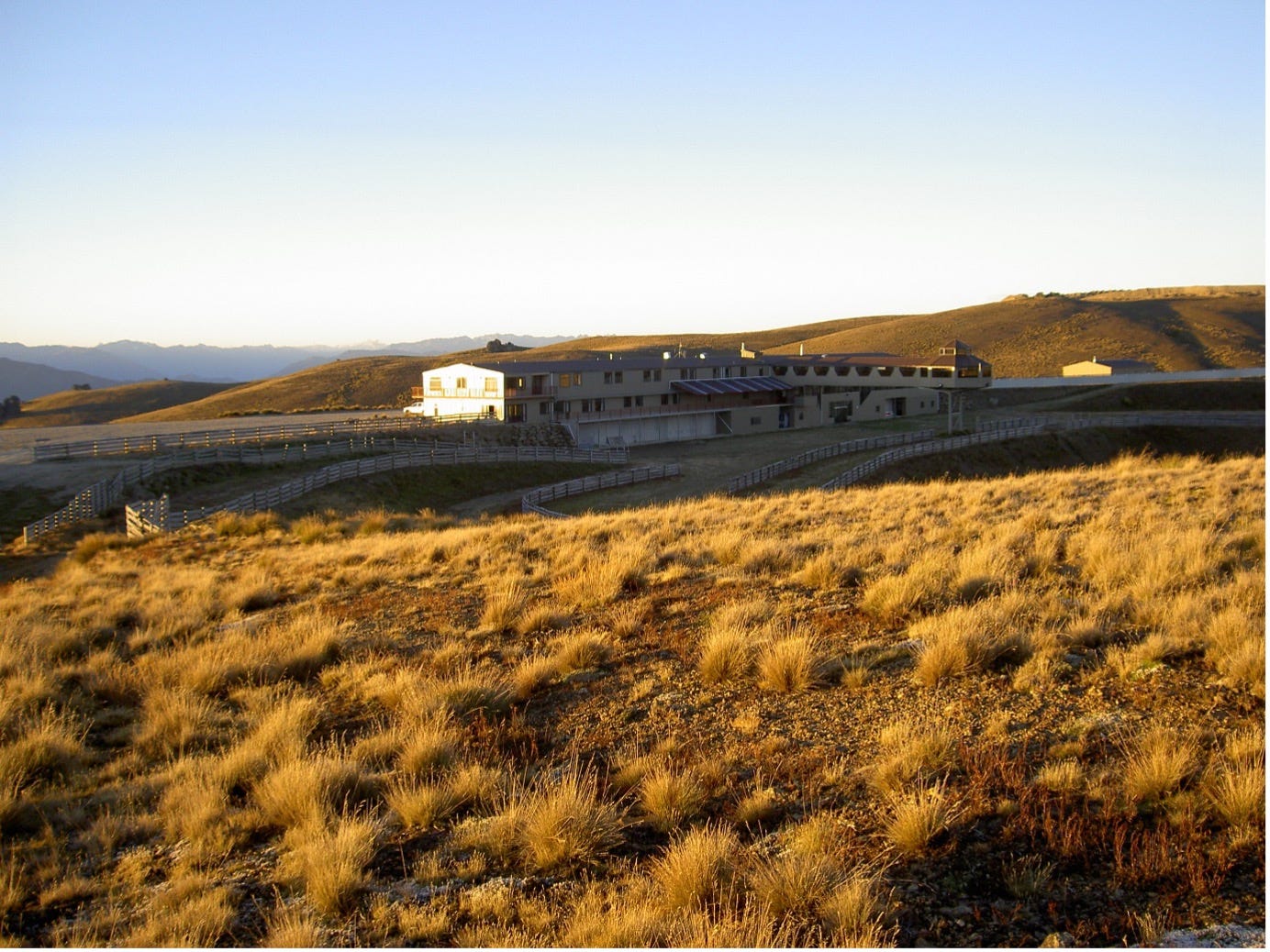
In the 1970s, during my student years, I spent two weeks skiing in the mountains of Austria. Upon returning to the lowlands of the Netherlands, I had to play a water polo game for my club. Surprisingly, despite being out of the water for two weeks, I performed exceptionally well. I felt aerobically fit and could play indefinitely. It was later that I realized this was my first encounter with the effects of altitude exposure.
A few years later, when I came to New Zealand, I became involved in the newly introduced sport of triathlon. Training methods for this event were still largely unknown at that time. I formed a training partnership with an athlete named Erin Baker. Together, we experimented with various training techniques. Erin went on to become a multiple World Triathlon Champion, including winning the Hawaiian Ironman in 1987 and 1992. In the late 1980s, Erin expressed interest in trying altitude training, an increasingly popular training tool at the time among endurance athletes. Seeking advice from my sport science peers, I learned that there was little scientific evidence to support altitude training's effectiveness in improving performance at sea level. However, undeterred by the lack of evidence, Erin decided to give it a try. Following a training stint in Boulder, she defeated her opponents by even wider margins than before. Intrigued by her success, I seized an opportunity to try altitude training myself before the 1992 world triathlon championships held in Muskoka, Canada. The experience proved beneficial, as I felt fitter and stronger than ever before, with the only setback being an infuriating drafting penalty that prevented a top result.
This personal experience with altitude exposure sparked a lifelong interest in altitude training—its advantages and disadvantages. Despite the initial lack of convincing scientific evidence, athletes like Erin and me relied on our personal experiences as proof. For many years, The Snow Farm, situated between Queenstown and Wanaka at an elevation of 1600 meters, became my second home. Through trial and error, as well as extensive reading and research, I not only learned how altitude training works but also how to optimize its benefits. A crucial yet often misunderstood factor I discovered was the need to adjust training when introducing the added stress of altitude exposure. I also became intrigued by the observation that altitude training did not yield positive results for every athlete, prompting me to explore possible reasons behind this discrepancy.

When traveling to altitude, a significant period of adaptation (typically 3-7 days) is required, during which training capacity may be compromised. In the late 1990s, the "live-high, train-low" model gained popularity. This model posits that the physiological adaptations to altitude are independent of those resulting from physical training. Thus, living at altitude while training at sea level was believed to offer the optimal training conditions, combined with the physiological benefits of altitude exposure. However, one major drawback of this model is the tedious travel involved, which can interfere with the recovery process.
For altitude training to be effective, a minimum of two to three weeks of altitude exposure is necessary to allow the desired adaptations to occur. Conventional altitude training, which involves living and training in mountainous regions, can be costly unless one already resides in such areas. Fortunately, altitude simulation techniques have emerged as a viable alternative. In the early 1990s, Scandinavian countries pioneered the use of altitude houses, which were effective but expensive, for their cross-country skiers.
Subsequently, the Americans introduced a more affordable innovation known as the altitude tent. This groundbreaking invention enables athletes to sleep at altitudes ranging from sea level to 5,000 meters above sea level while conducting their training sessions at sea level during the day. While these methods were relatively new to most Western countries, it is worth noting that altitude simulation had already been practiced in Eastern Europe and Russia for many years. This included the utilisation of underground altitude chambers in East Germany and the method of intermittent hypoxic exposure in the Soviet Union. However, it was only after the fall of the Iron Curtain that the technology associated with intermittent hypoxic exposure became more widely accessible in the Western world. Intermittent hypoxic exposure has proven valuable not only for athletes preparing for competition and mountaineers acclimatizing to higher altitudes but also in the medical field for treating a variety of chronic conditions, including cardiovascular disease, asthma, and chronic fatigue.
In the upcoming months, we will delve into all aspects of altitude training and simulation. Our discussions will encompass the definition of altitude training, how it operates, and the most effective ways to optimise its benefits. We will explore common pitfalls and provide guidance on how to avoid them. Furthermore, we will differentiate between conventional (natural) altitude training and the various methods of altitude simulation, while also identifying the top altitude training centres worldwide. Lastly, we will delve into the medicinal (health) aspects of altitude exposure.
Next month: How does altitude training work?




